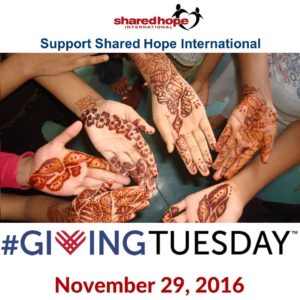 Here are a few simple ways to give back on #GivingTuesday to support the life-saving work of Shared Hope International.
Here are a few simple ways to give back on #GivingTuesday to support the life-saving work of Shared Hope International.
1) Amazon Smile
Knock out that Christmas shopping AND donate to Shared Hope! When you start your shopping at smile.amazon.com, you get the same prices as the regular Amazon.com, and Amazon donates 0.5% of your purchases to Shared Hope! Simply go to smile.amazon.com instead of amazon.com, enter “Shared Hope International” as the charitable organization you want to support, and shop as you normally would! We’ll get a check at the end of the quarter that includes the contribution from your purchase.
2) Double your Gift
Thanks to several generous partners – your #GivingTuesday donation will go twice as far to help vulnerable women and children, through our $150,000 Christmas Hope Matching Challenge. Please give today to double your gift and help support prevention, restoration and justice solutions for victims of trafficking.
This year you can also use this fundraising platform to create and promote your own #GivingTuesday fundraiser for Shared Hope! Simply click the red, “Become a Fundraiser” button and follow the steps to create your own page to raise money for Shared Hope. Invite all your friends to support Shared Hope on #GivingTuesday.
3) Donate through the Combined Federal Campaign
The Combined Federal Campaign allows Federal civilian, postal and military donors to pledge a financial contribution to support eligible non-profit organizations that provide health and human service benefits. The CFC is the world’s largest annual workplace charity campaign that helps to raise millions of dollars each year. To contribute to Shared Hope International through your organization’s CFC, submit this number: #60601 to your human resources or payroll department. The minimum monthly contribution is $1.00.
4) Donate Stock or Estate Funds
If you have appreciated stock or property, you can greatly benefit from wise tax planning and giving by December 31, 2016, through a couple of different options:
- A cash gift, dated and postmarked by December 31, 2016.
- Gifts of appreciated stock or property. An asset that you’ve had for over a year, which has increased in value, can be donated to Shared Hope, and you may avoid capital gains tax. You also get the applicable charitable deduction for this year’s taxes.
For help in planning your special gift, please contact Sheila Avery, Senior Director of Finance for Shared Hope International, at 1-866-HER-LIFE (1-866-437-5433) or email Sheila@sharedhope.org
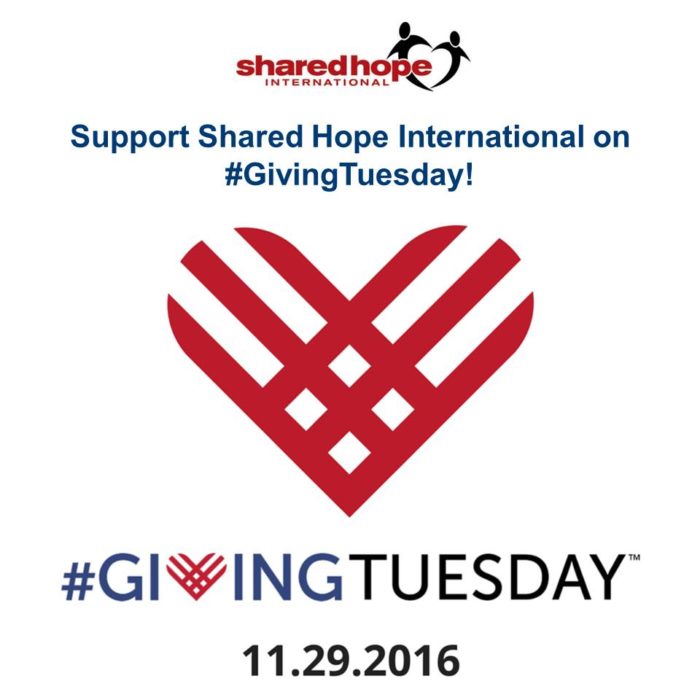

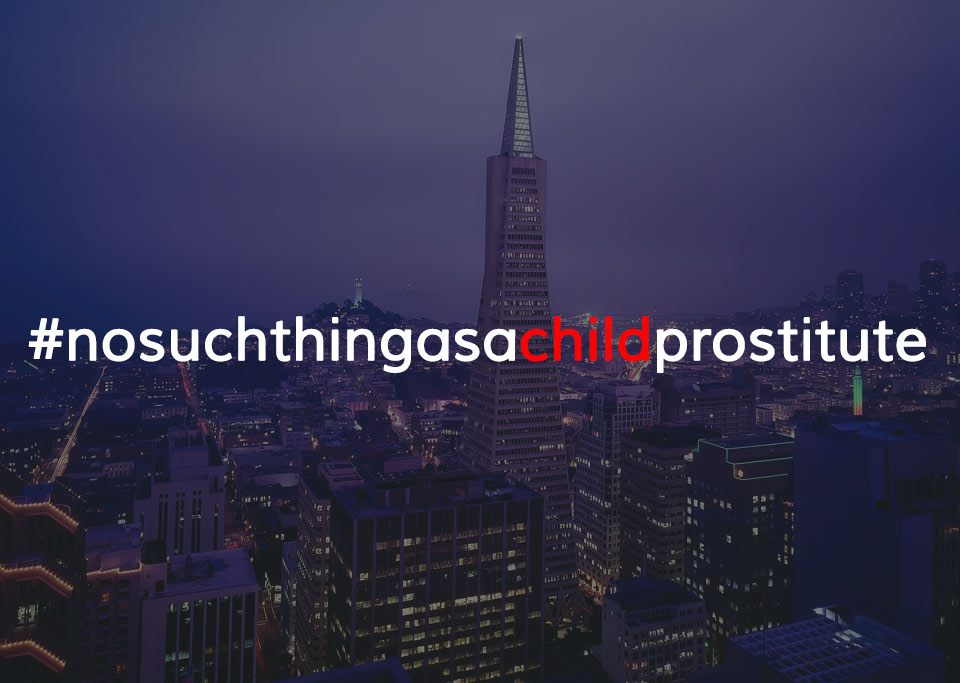 However, after receiving a “D” on its
However, after receiving a “D” on its 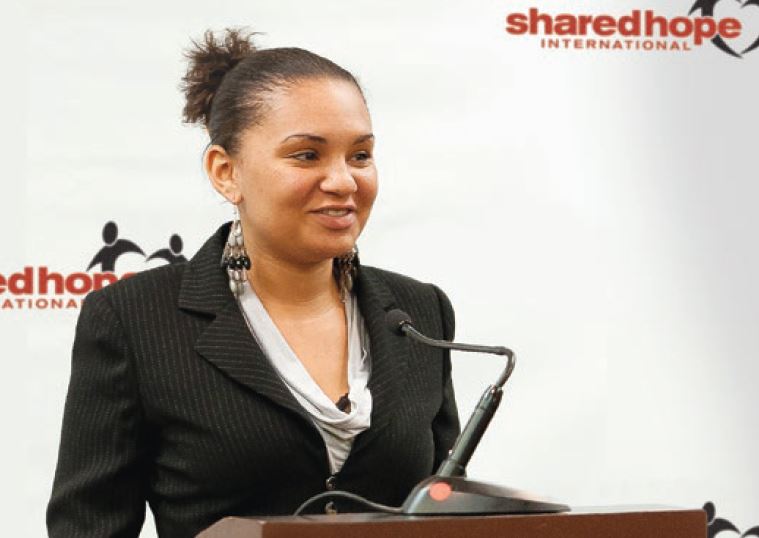 As she prepared to speak at her first public events, the old shame bombarded her again. But then, something beautiful happened: “I walked to the microphone, looked out, and saw smiles of acceptance. Something had changed. I lifted my chin, stood tall, and said, ‘My name is Stephanie, and I am taking back my name.’ I then proceeded to tell them how the traffickers work, so they could better protect the children in their homes and communities!”
As she prepared to speak at her first public events, the old shame bombarded her again. But then, something beautiful happened: “I walked to the microphone, looked out, and saw smiles of acceptance. Something had changed. I lifted my chin, stood tall, and said, ‘My name is Stephanie, and I am taking back my name.’ I then proceeded to tell them how the traffickers work, so they could better protect the children in their homes and communities!”





